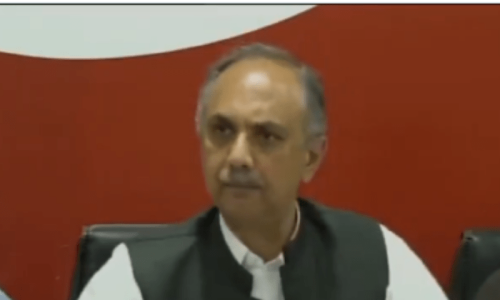
The Panama Papers have caused a global uproar by laying bare the murky world of off-shore companies operated by the world’s elite in the many tax havens around the globe. To get a better understanding of how over 100 organisations from around the world were able to collaborate on this landmark data journalism project, Dawn spoke to David Pegg – who works on data investigations for The Guardian and was part of the team that sifted through the Panama Papers – and asked him about the challenges this massive data dump posed.
Q: As an exercise in data journalism, how hard was it to process and sift through the Panama Papers than, say, something like the US diplomatic cables, which was a smaller data dump.
A: The principal challenge from an analysis perspective was less the size of the leak and more the complexity of so many of the arrangements that it revealed.
In the case of leaks such as the HSBC Files, all the information about a subject we were investigating tended to be in a single file; all the elements of the story were concentrated in one place. But in the case of the Panama Papers, properly understanding what you were looking at required you to read dozens, sometimes hundreds, of different documents.
Q: Was there anything that stood out from the data?
A: The sheer size and scale of the leak is unprecedented. At over two and a half terabytes, it is likely the largest leak in history. On top of this, the off-shore world is an incredibly globalised one. Any individual story could involve assets bouncing around the world. It really is a snapshot of a vast, sprawling and largely covert ecosystem of hidden money.
Q: Given that the papers were in multiple languages and had to do with multiple disciplines, i.e. finance and legal, to name just two, how did the ICIJ team cope?
A: The single best tool we had to tackle that challenge was cross-border collaboration. The International Consortium of Investigative Journalists (ICIJ) established a global reporting network of investigative journalists examining the material. A journalist in one country could get in touch with another to see if they could help with a story they were interested in.
Here at The Guardian, we had a team of eight journalists with specialisations ranging from finance to data investigations, who were able to pool their skills and work on the material over several months.
Q: Just how much more is there in the Panama Papers?
A: There are many stories from the Panama Papers still to be reported, and my paper will be continuing to publish them throughout the week.
Published in Dawn, April 5th, 2016














































